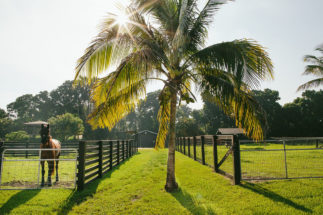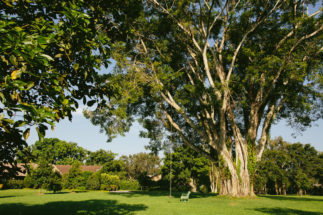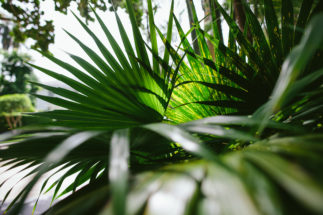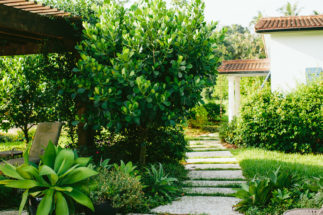Expect to see more eco-conscious and unconventional plants in homes and gardens for 2020, according to horticultural experts with the University of Florida Institute of Food and Agricultural Sciences.
Below are some of the hottest trends to look for in the new year.
- Native plants
Plants are considered native to your area if they naturally occur there. “One trend I have noticed lately is residents asking about and seeking out native plants that work in our area for their landscape needs,” said Kate Rotindo, urban horticulture agent for UF/IFAS Extension St. Lucie County.
Native plants are generally lower maintenance, requiring less water, pruning and fertilizer, and grow well in their native range, which has made them increasingly attractive to homeowners and commercial landscapes, Rotindo said.
- Plants for wildlife
In recent years, plants that attract butterflies, bees and other pollinators have gotten attention for their positive environmental impact, said Wendy Wilber, state coordinator for the UF/IFAS Extension Master Gardener Volunteer Program.
“Now people are becoming more aware of how plants can benefit and attract the wildlife we enjoy seeing in our yards,” she said. For example, plants with berries attract birds, and layering plants of various heights provides hiding places for other species.
- Dwarf varieties
Those without a lot of space for gardening are choosing dwarf varieties. “This trend is continuing as people look for their favorite plants in smaller sizes,” said Beth Bolles, horticulture agent for UF/IFAS Extension Escambia County. “They don’t want to be pruning all the time but still want a nice permanent landscape shrub feature,” she said.
- Re-wilding gardens
“In re-wilding, a gardener takes steps to have less control in the landscape. This can include encouraging beneficial insects, reducing herbicide and pesticide use, pruning less and planting more native plants,” said Theresa Badurek, horticulture agent for UF/IFAS Extension Pinellas County. “This practice is becoming more popular as people look for ways to be more environmentally friendly.”
Those interested in re-wilding their home landscapes should talk with their neighbors and homeowner associations. “Gardeners in communities with homeowner associations should always seek approval before making landscape design changes. Talk with your neighbors about your intentions. UF/IFAS Extension can help you find practical and beautiful ways to adopt these practices and share the benefits with others,” she said.
- Edible landscapes
Fruit-bearing plants, ornamental vegetables and edible flowers can add style and taste to a landscape, said Wilber. “People are interested in using edible landscapes to be more sustainable, since you get the double benefit of having a landscape that looks nice and provides nutritious food,” she said.
- Succulents
Though succulents and cacti have long been popular low-maintenance plants, consumers are looking for less familiar varieties. “People are discovering the immense variety that is the world of succulents,” Bolles said. “Their interesting shapes and growth habits seem to offer a form of living art.”
- Dark foliage
Plants with red, purple or “black” leaves are a striking addition to any landscape, making them more attractive to gardeners looking for something new in 2020, according to Marguerite Beckford, commercial horticulture agent for UF/IFAS Extension Sarasota County. Plants such as the ‘Black Raven’ ZZ plant, the ‘Black Diamond’ crepe myrtle and red Agloanema are examples of this trend.
- Novel greens
Vegetable gardeners will be looking to diversify their plots with leafy greens commonly grown outside the United States, such as mizuna, bok choy and komatsuna, according to Bolles.
- Softer, leafier floral arrangements
Though a dozen roses will likely never go out of style, floral arrangements featuring both flowers and foliage are gaining popularity, said Karen Stauderman, commercial horticulture agent for UF/IFAS Extension Volusia County. “Florida greens with leatherleaf fern is making a comeback in floral arrangements, garlands and other plant decor,” she said. “We are going away from the bundle bouquet of solitary flower blooms to the soft, organic feel of greenery.”
- Landscaping for natural disasters
The increasing frequency and intensity of natural disasters in recent years has made many rethink what they plant on their properties, said Mark Tancig, horticulture agent for UF/IFAS Extension Leon County. “Folks are hesitant to have trees near their homes after witnessing the damage done by hurricanes over the last few years,” he said.
However, trees have many benefits, such as lowering energy costs and improving air quality, so replanting after a disaster can be a good thing. “We recommend that people replant wisely by choosing species that UF/IFAS has documented as being more resilient to wind and storms,” he said.








 Credit:
Credit: 